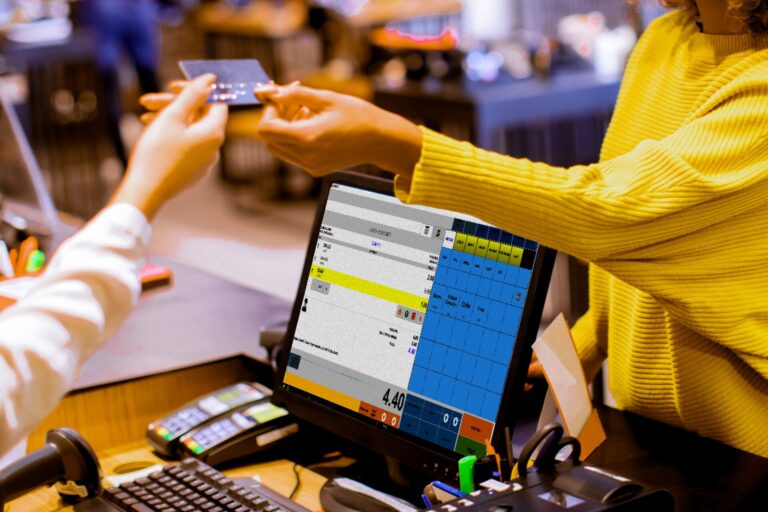
The Significance of Coupons in Retail Business
As companies strive to adapt to technological advancements and evolving customer preferences, they have implemented various strategies to improve their operations and enhance customer satisfaction.
Are you researching your options for a POS (Point of Sale) system? If so, this overview can help you decide the right setup for your business, regardless of where you sell. With so many types of POS systems available, it can be challenging for you to choose the best option for your business. In this comprehensive guide, we will explore the basics of POS systems, the different types of hardware and software components, and the essential features to consider when selecting a POS system.
A POS system acts as the central hub for your retail business, managing everything from inventory and sales to customer interactions and employee management. Traditionally, the “point of sale” referred to the checkout counter. However, POS systems have evolved to encompass various forms, including mobile apps, desktop software, dedicated terminals, and even self-service kiosks.
Fundamentally, a POS system processes transactions, tracks inventory, and gathers valuable business data. The core component is a transaction processing device, which could be a mobile phone, tablet, touchscreen monitor, or a standard PC. Additional hardware, commonly used by retailers, includes cash drawers, barcode scanners, receipt printers, and card readers.
Discover how VELA POS’s cloud-based features benefit your business.
The POS system landscape offers a variety of options, each catering to specific needs. Here’s a breakdown of the four main types commonly utilized by small businesses:
A POS system typically incorporates various hardware components to function effectively. Some of the most common include:

Here are some common features to look for in POS software:
Choosing the right POS system for your retail business is a crucial decision that can affect your daily operations and long-term success. By understanding the basics of POS systems, the different types of hardware and software components, and the key features to look for, you can make an informed decision and choose a system that meets your unique needs. Whether you’re a small boutique or a large retailer, there’s a POS system out there that can help you streamline your operations and boost your revenue.

As companies strive to adapt to technological advancements and evolving customer preferences, they have implemented various strategies to improve their operations and enhance customer satisfaction.

Are you researching your options for a POS (Point of Sale) system? If so, this overview can help you decide the right setup for your business, regardless of where you sell.

A comprehensive point-of-sale (POS) system can be an invaluable tool designed to streamline operations, increase sales, and provide insightful business intelligence.
14626 Carmenita Rd Norwalk, CA 90650
© 2024. VELAONE. All rights reserved.
Try our industry top Retail Point of Sales system.
¡Completa el formulario para comprender tus necesidades!
Prueba la solución de la sede central personalizada.
Prueba el mejor sistema de POS retail de la industria.
Ask us about headquarter solution customization.